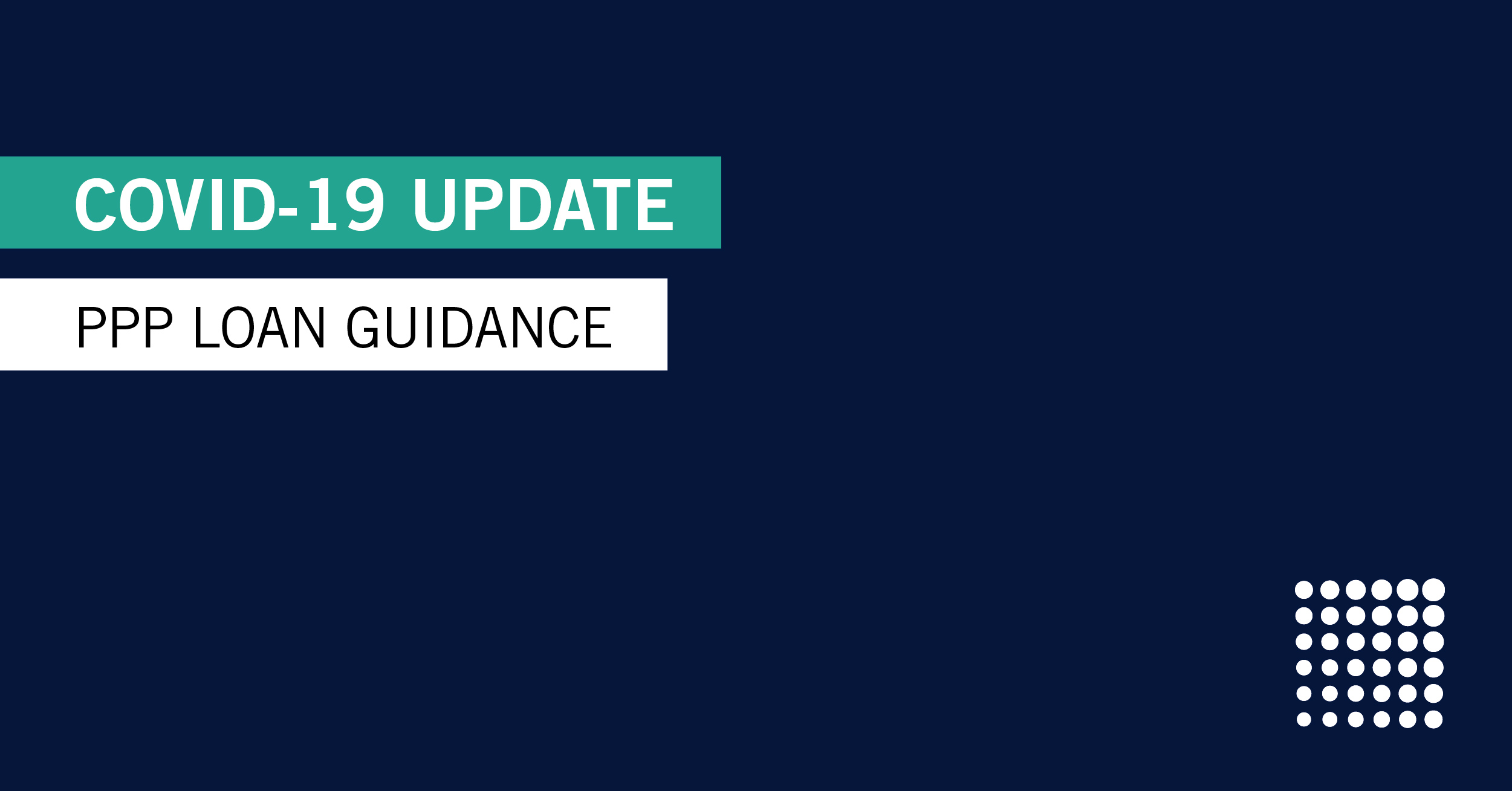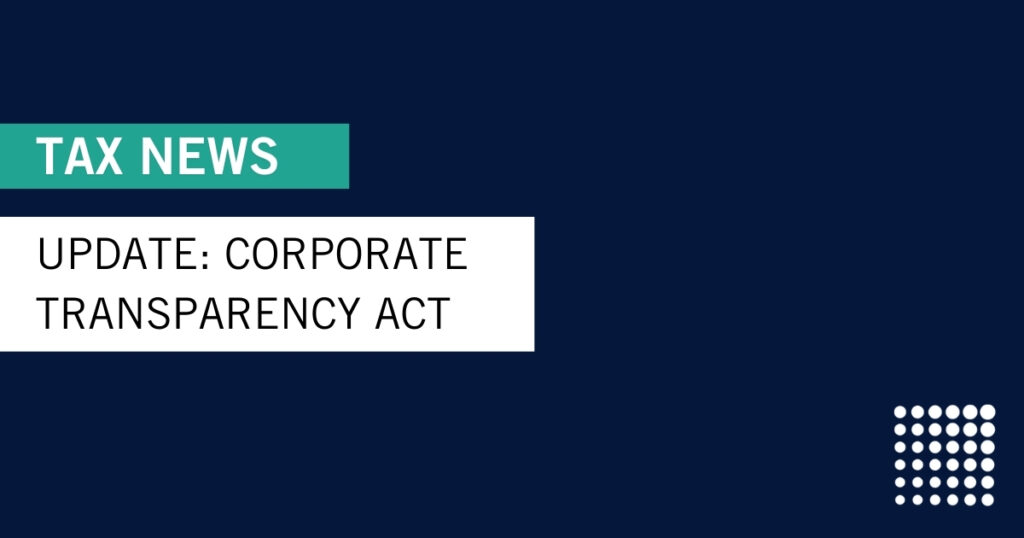Make a decision with the information you have today
On April 14, 2020, the Small Business Administration (SBA) issued a new Interim Final Rule (IFR) on the Paycheck Protection Program (PPP) for sole proprietors and independent contractors. It feels as if each time a new IFR is released, benefits for business owners become increasingly narrowed. CWA believes this new IFR foreshadows future guidance on the forgiveness of PPP loans for all self-employed individuals, whether sole proprietor or incorporated.
Before we summarize the new guidance, we believe it’s appropriate to present our strategy for your consideration during the decision process.
Comments & Strategy
Likely, the initial SBA guarantee of $349 billion will be gone by April 16, 2020. We understand this makes business owners very nervous about not receiving a PPP loan. The Trump administration, House and Senate have communicated the possibility of further funding, but without a guarantee, business owners are concerned they made the wrong decision by waiting to apply.
Let’s review the decision process many business owners have followed if their doors are closed or a shelter in place is ordered by your state:
- Most practices have furloughed or laid-off all staff and have a skeleton crew working just a few hours a week. With little to no production or revenue, staff has been eliminated to reduce office expenses and conserve cash flow. Those who apply for the PPP loan now and receive funding are doing so with no clear indication of when, how or what it will look like when the business can re-open. This leaves a massive amount of uncertainty in the ability to have a significant portion of the PPP forgiven.
- Most practices don’t yet know when they will be able to re-open. Most state dental societies have made a recommendation of at least April 30 to align with the ADA. Many states, counties and cities have shelter in place orders extending longer than April 30. It is important to understand your state of residency’s current orders, if they are aligned and understand that they could change.
- Most practices do not have recommendations or regulations from the ADA or state dental societies on how it can re-open and if changes in current standards of practice will need to be made. There are likely to be new procedures on how you will be able to practice. CWA is working with Elite Dental Alliance (EDA) and its top vendors to help provide resources for you. We will have more information on this in the coming weeks.
- Practices don’t know how patients will react to coming back to the business. CWA believes there could be a three-month or longer ramp up period for the business.
The SBA has yet to issue further guidance on the PPP forgiveness calculation as indicated in a previous IFR. This new IFR, however, gives insight into what to expect. It is clear in this IFR that the SBA wants to further limit forgiveness benefits to business owners, so there is no windfall to them, and the loan to specifically support existing operations and employees.
Making a decision with the information you have today
It is difficult for a business owner to make decisions without knowing when and how they can re-open, and without guidance on how the PPP loan will ultimately be forgiven. The more the proceeds can be spent when the business re-opens, the higher chance a business owner has at forgiveness. Any amount not forgiven and kept by the business owner must be amortized over 18 months after the 6-month deferral. This could create an average monthly payment of $3,000 to $5,000 a month based on a $100,000 loan with only 20% to 40% forgiven.
The CWA decision tree remains the best way to estimate the timing of your funds:
- Start with a date you believe you will be able to re-open. Let’s assume June 1.
- Estimate how long you will want staff back working prior to re-opening and how many staff members you believe you will need based on your schedule. Let’s assume one week and full staff. This would put your PPP loan funding needs beginning May 25.
- Your PPP loan can fund 10 days after approval. In this example, your approval would be May 15. This means applying around May 13 for the optimum use of the loan and potential for forgiveness.
- You must decide how this works for you personally, your practice and the comparison to the Employee Retention Tax Credit (ERC). The more you worry about the funds running out, the sooner you may consider applying, all the while understanding it will likely increase the amount of the PPP loan that is not forgiven.
In order to get the best understanding of how this forgiveness process will work for all business types, we encourage you to read our summary and guidance on the application for a PPP Loan by Sole Proprietor and Independent Contractor.
Stay up to date with our latest news and strategy on our COVID-19 Resources page. If you are not a CWA client, but feel you could benefit from an experienced advisor guiding you through this process, contact a member of our team for a complimentary consultation.














